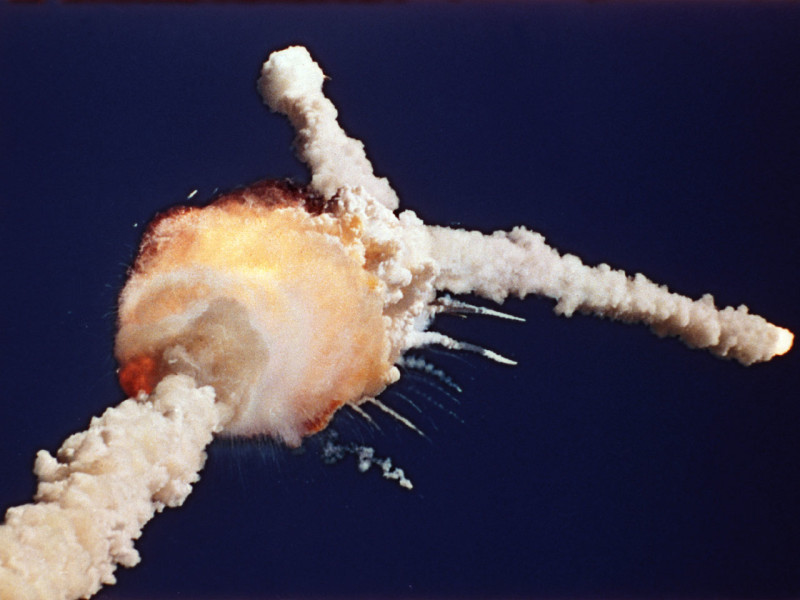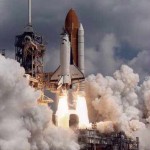January 28, 1986. 30 years ago.
I was a 4th grader, and I thought “astronaut” was one of the coolest job titles in the whole world.
You can imagine my excitement that day. The space shuttle Challenger was going to launch, but this wasn’t just any space shuttle launch. This one was special. There was a teacher on board. Christa McAullife was going to share lessons from space with kids just like me, all over the world.
“Mr. Wizard’s World” was cool (all science programs were to this growing geek). But TV science lessons from space?
That was going to be a whole other level.
Only it never happened.
Instead of returning from lunch that day to hear about a successful launch, we returned from lunch to see this on TV in the library:

Something had gone seriously wrong.
It was the first of a few moments in my life that created a kind of unique shared consciousness with others. Times we never forget, with details seared into all of our brains. Challenger. 9/11. Very few moments compare to their widespread clarity.
But Challenger was even more than that.
There was the reality that seven astronauts died. Seven families devastated. Wives, husbands, children left behind. Kids like me.
I remember the weight of that hitting hard for some reason. I remember being unsettled when my 9 and 10 year old friends started in with the awful jokes.
But mostly, I remember the images.
I can still barely watch the video.
—————————————————-
Challenger would intersect and impact my life once again in college. I didn’t become an astronaut, but I did pursue engineering, and in an engineering ethics class, I had the opportunity to hear Roger Boisjoly speak. His account opened up a completely different part of the Challenger story to me.
Roger was a mechanical engineer that worked with the solid rocket boosters for the shuttle. In 1985, he identified a potential problem with the O-rings, particularly during cold conditions, which could cause the catastrophic failure of the booster and ultimately the loss of a space shuttle. He brought the problem to the attention of his superiors.
On January 28, 1986, temperatures had dropped to freezing the night before launch. The warnings of Roger and others were ignored. Politics and public relations trumped science and engineering. The O-rings failed. Challenger exploded.
The defining tragedy of my generation was completely avoidable.
I’m not sure my 4th grade self could have processed that.
—————————————————-
I have three kids now, ages 8, 10, and 13. As I reflect on Challenger, I can’t help but think about them.
They grow up in a world where the space shuttle program doesn’t exist anymore. Space exploration is left to robotic probes, and manned space missions are mainly relegated to the movies. Do kids still even dream of becoming astronauts? Are there worthy role models to fuel dreams to drive future scientists and engineers?
I wonder what their most vivid shared Challenger-esque memory will be? I wonder how such an impactful event would shape them. I wonder how I’ll respond as a parent.
I hope for them. I hope that they won’t have to experience such a jarring moment, even though reality will almost assuredly contradict that. I hope that we’ll be prepared to guide our children through this generation’s collective shock moment when it comes.
I hope that their futures are shaped by the kind of dreams that Challenger and the space program gave my generation.






Be First to Comment